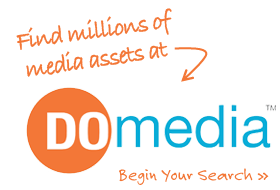With over 2.3 million residents, Houston, Texas is the most populous city in the state and brings in millions of visitors each year, making it one of the top markets for the out-of-home industry in the United States.
Major metropolitan areas such as the Theater District and the Historic District provide ample space for prime inventory locations and advertising target areas to reach a wide range of people in the city. Plus, Houston is home to the Space Center Houston, the official visitor’s center of NASA’s Jordan Space Center. Other notable locations include the Houston Zoo, Minute Maid Park, and the Houston Museum of Natural Science.
Houston also has its fair share of walkable areas, malls, and other outdoor clusters that provide excellent locations for OOH ad formats like kiosks and posters, which are perfect for reaching pedestrians, as well as major highways such as US-59, which connects Houston and Austin, and US-290, providing excellent billboard ad locations for reaching a large number of travelers.
Major outdoor advertising companies in the area such as OUTFRONT Media and Clear Channel Outdoor have plenty of inventory in the area, as well as others such as SignAd.
Houston also has a fairly large public transportation system, METRO, which has over 1,200 buses that attract plenty of commuters who are looking to avoid traffic, providing an excellent space for transit advertising, as well as benches and taxi ads.









